A good cutting board is now a must-have tool especially if you invest in good knives. Many people may wonder which cutting boards to choose, as there is a wide range of available options. Looking at their material is one way to choose. Here we compare the upsides and the downsides of different materials used for cutting boards, and address why Hasegawa’s boards are favored.
WOOD

Wood cutting boards definitely look beautiful. Some of them are very knife-friendly, but some have a hard surface made by compressing tightly to avoid cracking and warping. The concern is regarding its hygiene. Wood surfaces are porous so that easily absorb water, leading to mold or mildew on them. In addition, most wooden ones cannot be washed with a dishwasher, or soaked in bleach, which makes it more difficult to maintain hygiene.
PLASTIC
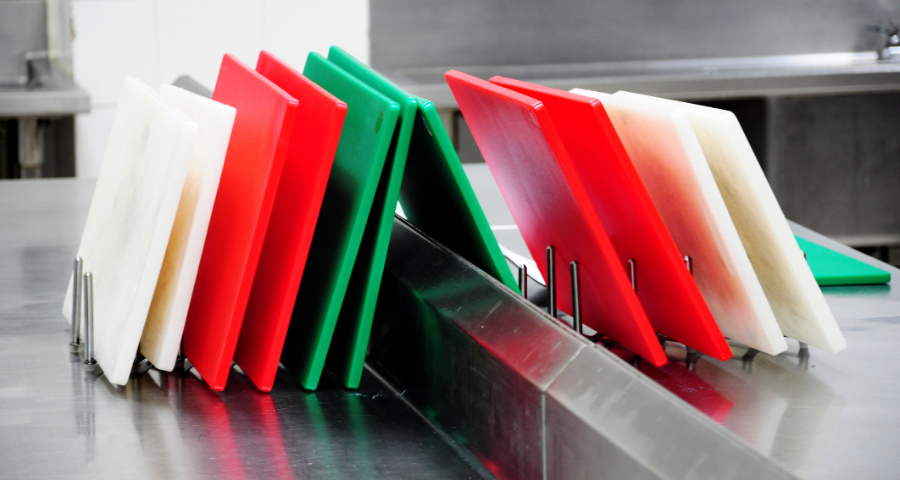
Although plastic cutting boards may not look as pretty as wood ones, they definitely have advantages in hygiene. Many of them are available with antibacterial properties, and are bleach safe. However, they can be warped or bended by the high-heat washing, such as a dishwasher, which is one of the weak points of the plastic ones. Also, the hard surface of the plastic is not good for knives especially delicate ones. You may need to sharpen your knives often as the blades get dull easily.
RUBBER
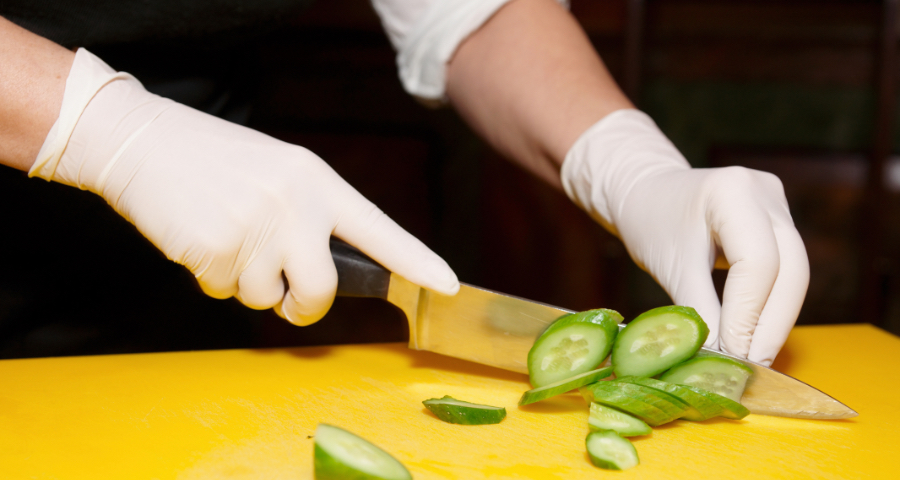
Blade friendliness is the strongest feature of the rubber cutting boards. Their soft surface cushions the strokes of the knives well. Their downside is that they are not rigid and they are heavy. (The specific gravity of rubber is very high.) In order to make them rigid, blocks of the soft material are made thick and heavy. Yet, they are not rigid enough to stand a dishwasher or hot water. So, there are some which are intentionally hardened for rigidity at the sacrifice of blade friendliness.
HASEGAWA
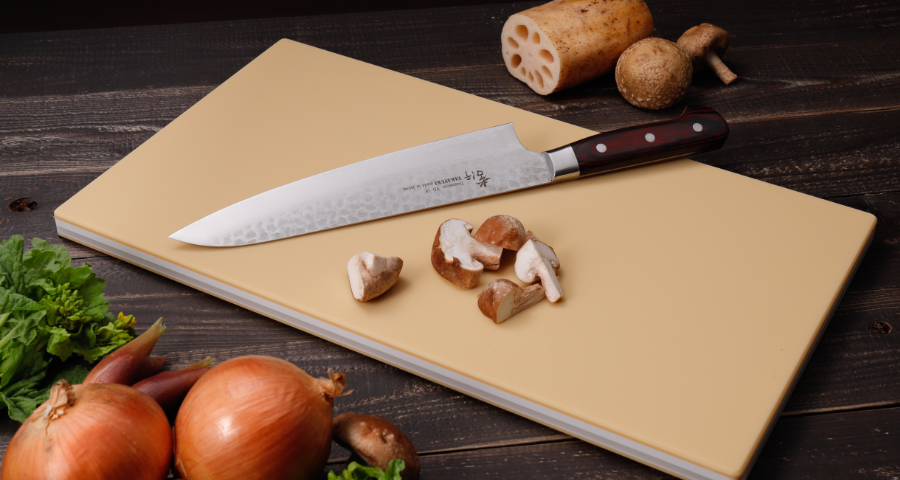
Hasegawa cutting boards have all the upsides mentioned above over the different materials. They are designed beautifully like wooden ones, they are hygienic like plastic ones, they have a perfect surface like rubber ones, and they are rigid like no others. They are favored by chefs who don’t compromise with the quality of their blades or hygienic maintenances.
The wood core structure is the key for having both a soft surface and rigidity. The material of their surface is elastomer, which is normally soft. But the wood core inside makes them rigid and heat resistant, so they can withstand dishwashers and hot water. In addition, the wood core makes them much lighter than other solid plastic or rubber cutting boards. Their high-grade antibacterial properties are certified by the Japanese high standard called SIAA.


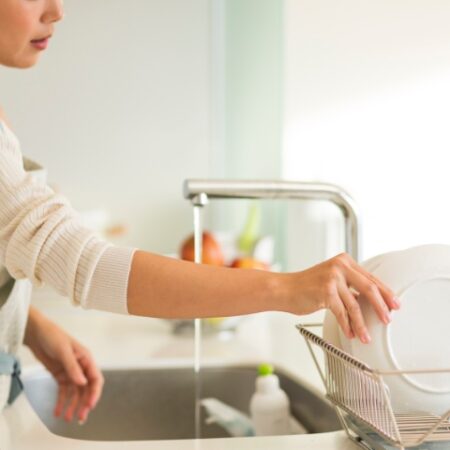


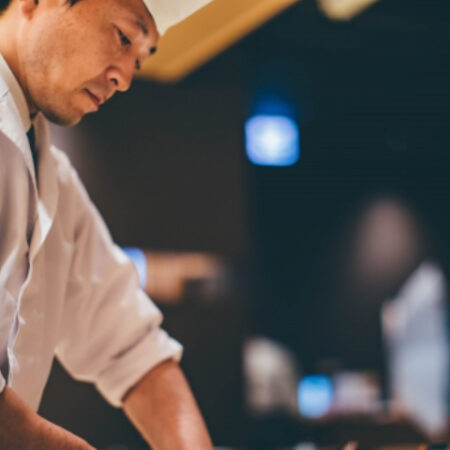
Comment